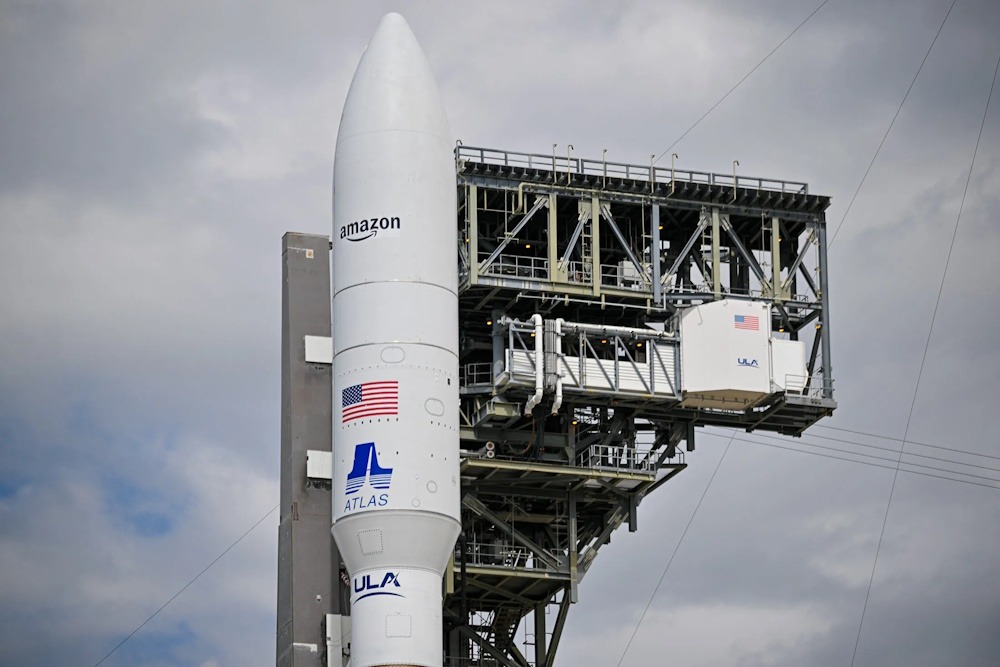Islamabad, Apr 30, 2025: Amazon has successfully launched the initial 27 satellites for its Project Kuiper internet constellation.
The satellites were launched on April 28 aboard a ULA Atlas V rocket from Cape Canaveral, Florida, after a delay caused by unfavorable weather.
These satellites have now reached low-Earth orbit (at an altitude of 450 km) and are operational, establishing communication with ground systems, as confirmed by Amazon.
Satellite Internet Service Rollout
Amazon intends to initiate its satellite internet services later this year, with expanded coverage anticipated as more satellites are launched.
The company has plans to complete a total of 80 launches, deploying the full fleet of 3,236 satellites.
According to FCC regulations, Amazon is required to launch at least 1,618 satellites by mid-2026 in order to retain its operational license.
This timeline creates pressure on Amazon to maintain a consistent launch schedule over the coming years.
Competition from Starlink
Amazon faces fierce competition from SpaceX, which already has more than 7,200 Starlink satellites in orbit.
SpaceX completed its 50th launch of 2025 this week, further cementing its lead in both satellite deployment and market share.
With approval to expand its constellation to as many as 34,400 satellites, SpaceX is currently the dominant force in the industry.
Other companies, such as France’s Eutelsat and China’s Spacesail, are also working on satellite broadband services.
However, Amazon’s entrance into the market positions it as one of the most formidable challengers to Starlink’s stronghold.
Crowded Low-Earth Orbit
The growing number of satellites from multiple providers is causing low-Earth orbit to become increasingly congested.
This has raised concerns about potential long-term issues related to space traffic management and safety, as well as the need for effective regulation to prevent overcrowding in this critical region of space









